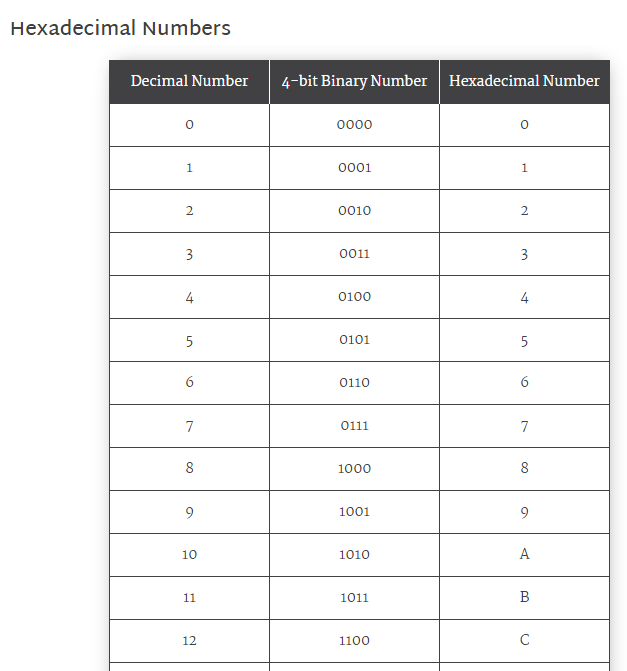We have had some internal failures (14 in last 6months)of TI INA114BP with Lot Codes: (49Z7INW, 42Z7IMW, 48Z788W). I am inquiring if anyone using this part has had any history of complaints for any failures of these lot codes for this part. .Primary cause of failure (per Lab Specialty) excessive heat >150 C, (possibly during wire bonding) that has caused the wire bonds to lift. Please inform us of any info you may have on this problem.]
-
Ask a related question
What is a related question?A related question is a question created from another question. When the related question is created, it will be automatically linked to the original question.


